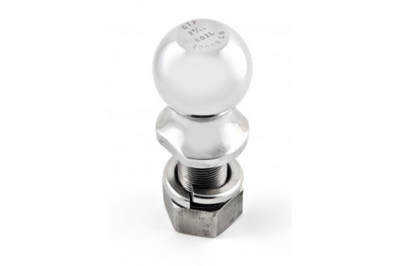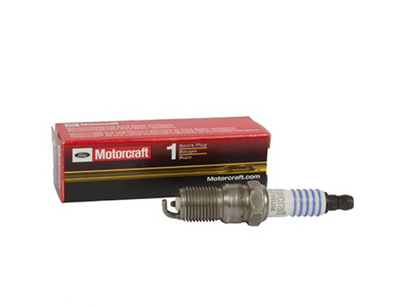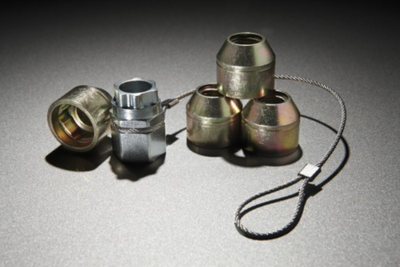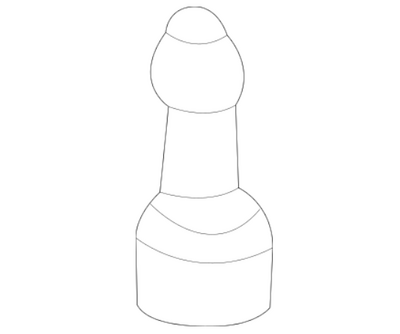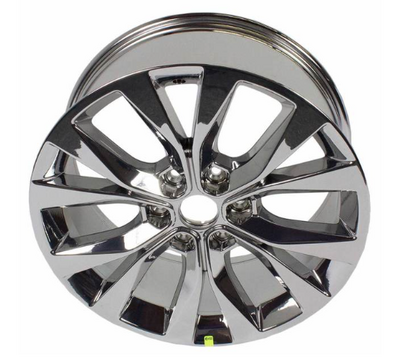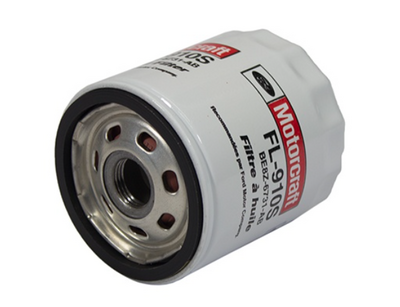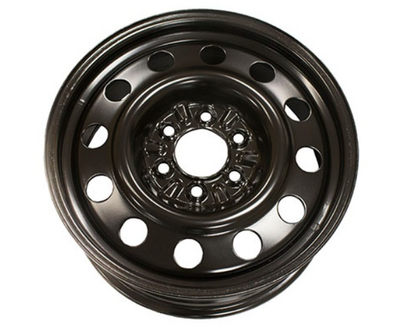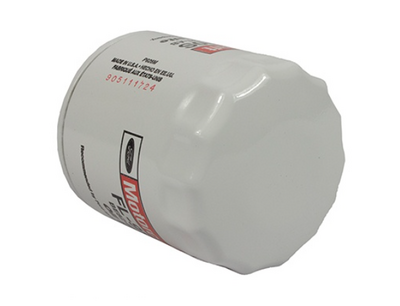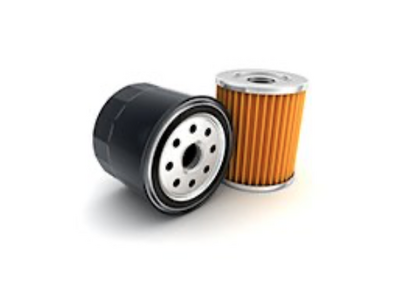Find Ford OEM Parts and Accessories in BC
How to Maintain the Wheels and Tires of Your Ford Vehicle in BC
Tags:
(Posted on Nov 18, 2021 at 02:15AM )
Understanding the Warning Lights on Your Ford Vehicle in BC
Tags:
(Posted on Nov 18, 2021 at 01:55AM )


